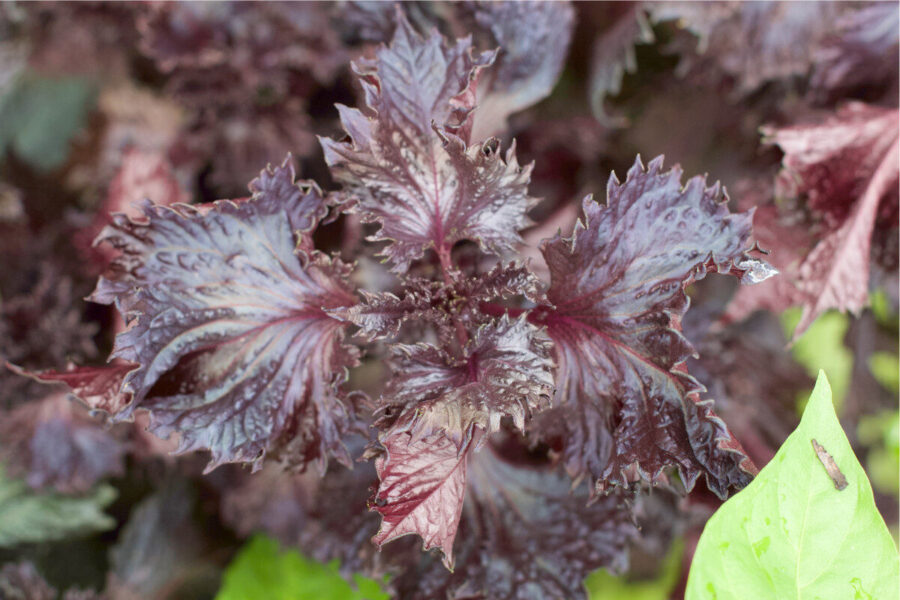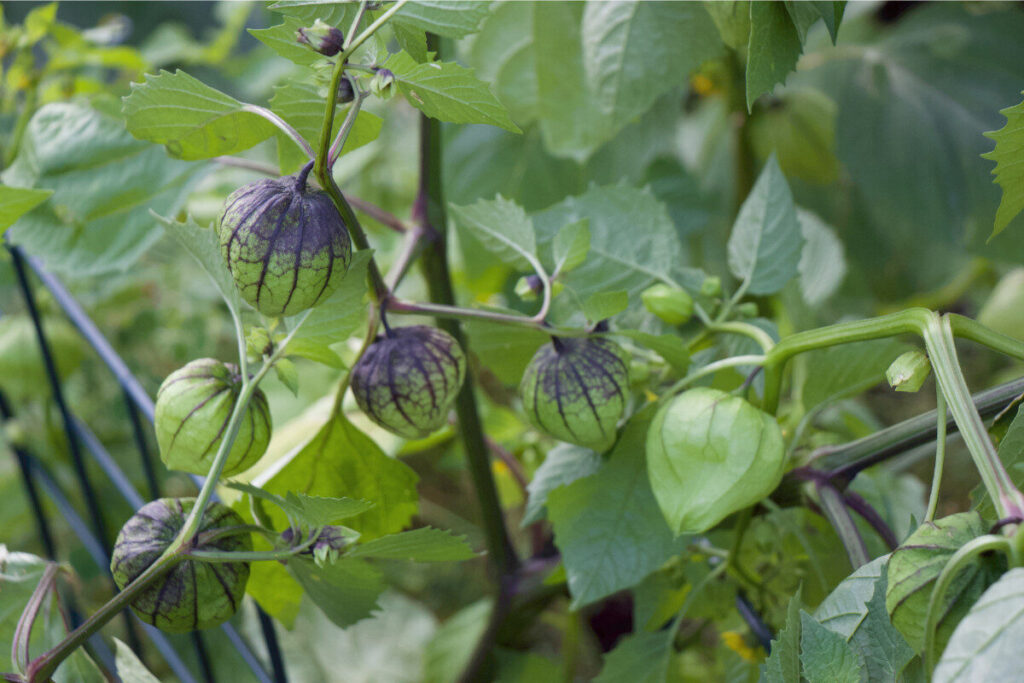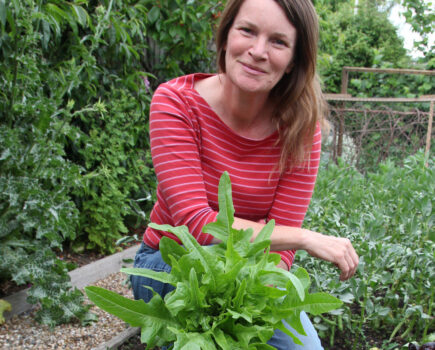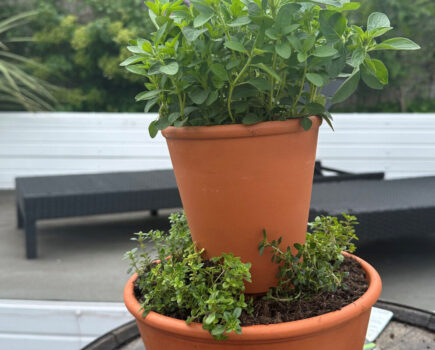Stephanie Hafferty explains the importance of good airflow and wise watering in your polytunnel
One of the key ways to ensure a healthy, thriving growing environment in your polytunnel is to make sure there is adequate ventilation. One of the ways I do this is by having the top part of the doors, about a third, covered with a fine mesh rather than plastic as this allows airflow year-round. During extreme cold, you can cover the mesh with a curtain of polythene.
Unless the weather is very stormy or cold, I open the doors every day to ventilate the polytunnel and in the summer months prevent it from becoming too hot. This also allows insects to come in, which is helpful for pollinating the plants.

Whatever the weather, it doesn’t rain inside the polytunnel so it is a good idea to have overhead irrigation installed when the tunnel is constructed. This is useful for much of the year except in the summer when it is important to keep the tomato leaves dry to reduce the risk of blight. Then, depending on the size of the structure, either water by hand with watering cans or use a hose, being sure to only water the soil.
Some people like to use irrigation laid on their soil, which waters the adjacent hungry plants. I do a lot of interplanting so prefer to hand water instead when not using the overhead irrigation. Other overhead and soil level irrigation can be linked to timers for watering when you are away.
Try growing unusual varieties
A polytunnel gives you the opportunity to really expand the crops you grow. As well as that summer favourite basil, I recommend adding perilla (also known as shiso) to the polytunnel herb garden. The green varieties (which look a bit like stinging nettles) are the most flavourful, with a taste all their own: a hint of mint with anise, cinnamon and coriander. I grow the purple and red kinds too, which are traditionally added to Japanese pickles.
A favourite unusual crop is the shark fin melon (Cucurbita ficifolia), which produces absolutely enormous fruit, resembling watermelons. Internationally the fruit is used to make both sweet and savory cuisine including a vegan version of shark fin soup in Asia (hence the name) and a sweet preserve Dulce de Cabello d ’Àngel (Angel’s Hair) which originated in Mallorca.
The fruit forms a tough skin and will keep on a shelf for well over a year. You can also eat the flowers, shoots, leaves and seeds. Be warned however – it grows really quickly and needs trimming back so it doesn’t take over the polytunnel.
Although they will grow outside in the UK, growing tomatillo undercover really boosts productivity.
These curious tart fruits in papery cases are a key ingredient for salsas, as well as stews, chillies and preserves. In addition to green and purple tomatillo, this year I am trying the yellow pear-shaped variety ‘Queen of Malinalco’. Tomatillo needs to be planted in pairs for pollination.


Fortnightly tips
Successional sow salad leaves and annual herbs such as coriander and dill every few weeks, to prevent gluts. Grow in modules to pop into any gaps, interplanting between other crops.
Finish planting potatoes, unless the soil is very cold and waterlogged. Mulch with compost and then layer with grass clippings to help keep the soil moist.
Start off beans including runner and climbing French beans in modules under cover.
Keep checking under trays and pots in the greenhouse for slugs and woodlice, and relocate to a wild area.
Find more tips, advice and articles like this at the Amateur Gardening website. Subscribe to Amateur Gardening magazine now





